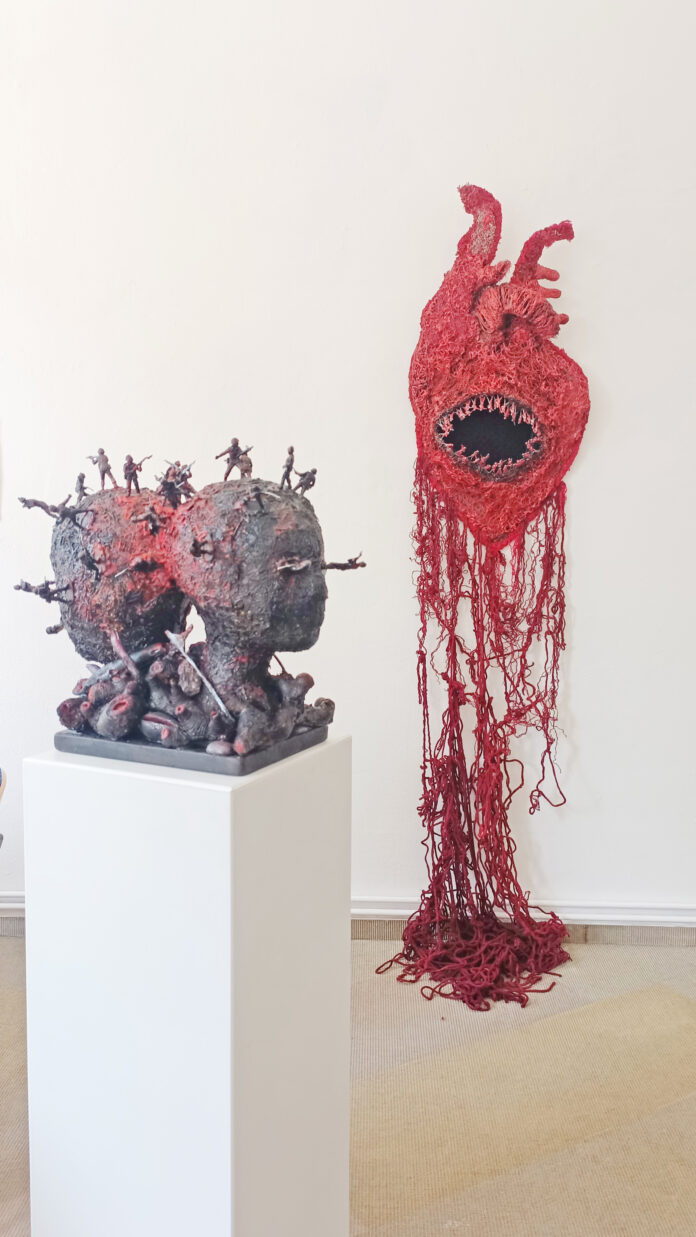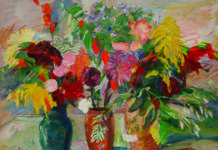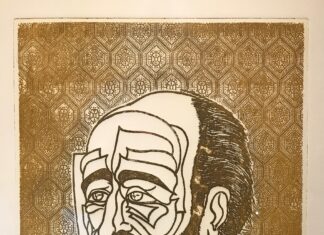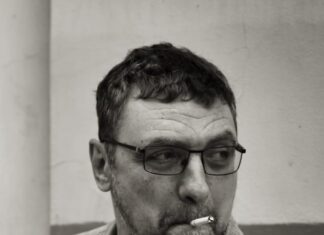BERLIN — The war in Ukraine has annihilated human lives and homes, entire cities and their infrastructure, economic activity, places of worship and every other institution of social existence. Civilians from the belligerent nations have fled from their homelands in search of safety. Among those suffering “collateral damage” are artists, intellectuals, individuals active in the cultural realm. Not only collaboration, but simple coexistence among performers in music, art, and the theater has become a rarity. Thus, it comes as welcome news to learn that a group of women from three countries involved have defied the undeclared war on culture, to appear together and present their works.
The venue is the Gallery Wolf & Galentz in Berlin, which was established in 2019 by Armenian artist Archi Galentz and gallerist Andreas Wolf. Exactly one year ago, they hosted an exhibition on the theme of war, “Comments on Betrayal and Violence,” with participation of painter Gagik Kurginian from Ukraine. (https://wolf-galentz.de/en/comments-on-betrayal-and-violence/) The current show, titled “Heartbeat, a joint exhibition (by artists from Ukraine, Belarus and Russia),” held a vernissage on June 2 and runs until August 16. The artists declared their purpose: “We as artists from Ukraine, Belarus, and Russia are participating in this exhibition. Yes, we are performing together. We all go through pain and anger. But we do not accept hatred between the artists of our countries. Hate is what the regime that started the war wants. If we start hating each other, they will have won. They will not win.”
Tanja Sklyar, from Odessa and Berlin, said she was taking part in the exhibition, “because I hope for an emotional contact between us, artists from different countries, through visual messages. This is an opportunity to preserve ourselves as a person in this Hell of War.” Liudmila Belova (St. Petersburg and Rose, Montenegro) said she lamented the lack of “possibilities of verbal communication,” where all “words seem to be either lies, or manipulation or speculation, depending on the perspective of both speaker and listener. In times of war, poetry and music more accurately express emotions and ‘pronounce’ the unspoken. My participation in the exhibition Heartbeat is an opportunity to express myself through artistic means on the topic of war.”
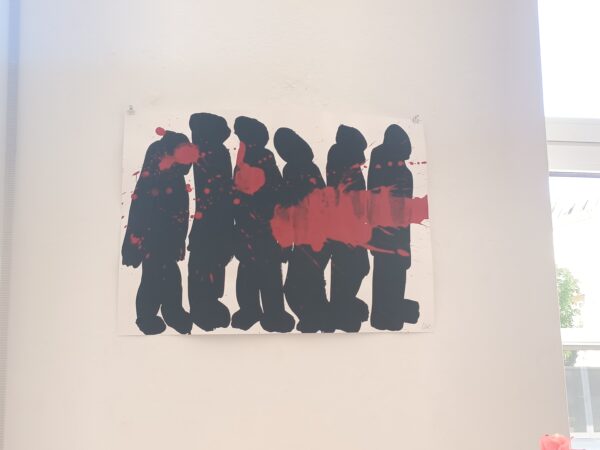
Julia Katan (Odessa, Berlin) seeks “a balance of dark and light forces” in her art, “gravitating toward the light side … even under the weight of historical times.” Now, when hatred reigns, she wants “to put a grain of love on the scales. It is important to unite. To create in the name of life, not death. To notice the halftones between light and darkness. Recognize and accept our emotions, then they will not be poison to others, and to ourselves.” She believes that “the most terrible event can be turned for good. Perhaps not immediately. But by putting love and openness into our actions, we make the soil fertile, and in it, sooner or later, the flowers are sure to sprout.”
Marina Koldobskaya (St. Petersburg and Berlin), who is curator as well as exhibitor, is half-Ukrainian, her family is from Zhytomyr. “Now,” she says, “one of my homelands is attacking my other homeland, trying to destroy it and destroying its own future. It is unbearable.” She is taking part in the exhibition “because I do not accept hatred between artists of our countries. The causes of violence are fear and hatred.” For Katja Tishkevich, from Minsk, “War is a great pain that cannot be accepted, understood, and then forgotten. It does not leave anyone indifferent.” Her participation “is an opportunity to show the emotional involvement of the tragedy, the sharing of common pain in joint action against it.”
In his introductory remarks at the vernissage, Archi Galentz stressed the importance of the intense cooperation among the six artists in preparing all aspects of the exhibition; without this, it could not have succeeded.



